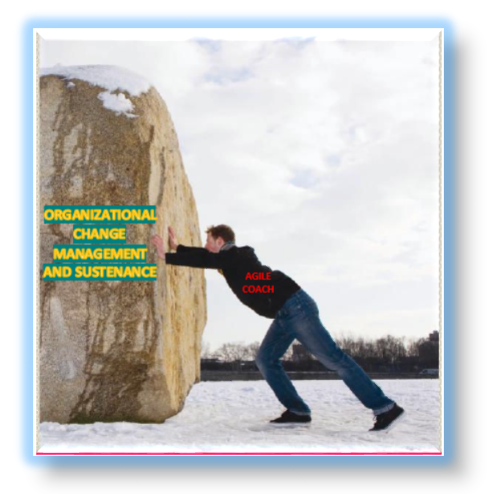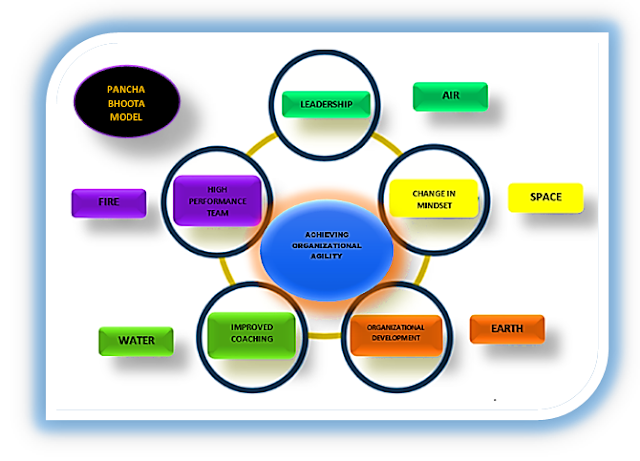PURPOSE: Share the research I am carrying out with all so that they can reuse a few of my conclusions and workout the Challenges. VISION: Build up a body of knowledge (BoK), KNOWLEDGE TREE - GUIDEBOOKS, For all Agilist’s. MISSION: Pursue building all the discoveries on a periodic basis to focus on the Business Transformation challenges and disseminate knowledge with Agilist’s.
Saturday, 15 September 2018
Why The Agilist's Guidebook?
This workbook has listed all the challenges Agilist will encounter when embarking on Organizational agile transformation especially at the large-scale agile transformation.
This workbook is from my experiences while exploring the coaching assignments and agile transformation work; I realized that all the procedure would equip coaches for better performance. At least this procedure will guide what can be done. It does not aim to present a solution but identifies all these factors which I have come across and helped me to steer through the confusion.
Who is this book for?
If you answer “Yes” to all these questions
a) Do you face challenges related to organizational agility transformation and do not get any specific answer without spending much time?
b) Do you get questions from the leaders related to people issues related to agile transformation and do not know where to get the answer?
c) Are your playing the role of Product owner, scrum master, agile leaders and looking for tips to make yourselves aware regarding transformation challenges?
d) Do you want to learn from others who have traveled the same path in Organization agile transformation journey?
This workbook is for you.
Who should probably back away from this workbook?
If your answer is “yes” for these below points
a) Are you part of the agile transformation journey? Do you think you know enough and no need to know anything new?
b) Do you think there is only one way to implement Agile? Cannot learn from other’s mistake?
PANCHA BHOOTA MODEL
What is this Pancha Bhoota?
What is the Pancha Bhoota model?
Pancha Bhoota or Pancha Maha-Bhoota, five major elements, also five physical elements, is a group of five basic elements, which, according to Hinduism, is the basis of all cosmic creation.
According to the ancient theory of life on earth came into existence because of these elements. They say that our body as a whole is a complex constituent of Pancha Bhoota. These five elements are believed to be the basis for the creation of all cosmic rays. All the five have unique characteristics and account for different kinds of experiences.
These elements are Prithvi (Earth), Jal (Water), Agni (Fire), Vayu (Air), Aakash (Space). These elements have unique characteristics and these also account for various faculties of human experience.
Five elements in the Pancha Bhoota Model are the enabler which will benefit the organization to gain agility.
Each element is liable to strengthen the different structure in the organization. Each of the five elements has a special relationship with the other elements based on their nature. These relationships form the laws of nature.
The Agilist's Guidebook is coming soon....
The Agilist’s Guidebook
A Reference for Organizational Agile Transformation
------------------------------------------------------------------------------------- Chapter 1 :
-----------------------------------------------------------------------------------------
Chapter 3
-----------------------------------------------------------------------------------------
Chapter 5
A Reference for Organizational Agile Transformation
------------------------------------------------------------------------------------- Chapter 1 :
--------------------------------------------------------------------------------------------
Chapter 2
Chapter 3
---------------------------------------------------------------------------------------------
Chapter 4
Chapter 5
Subscribe to:
Comments (Atom)
-
According to psychologist Barbara Markway, ‘there’s simply no better way to learn about your thought processes than to write them d...



























